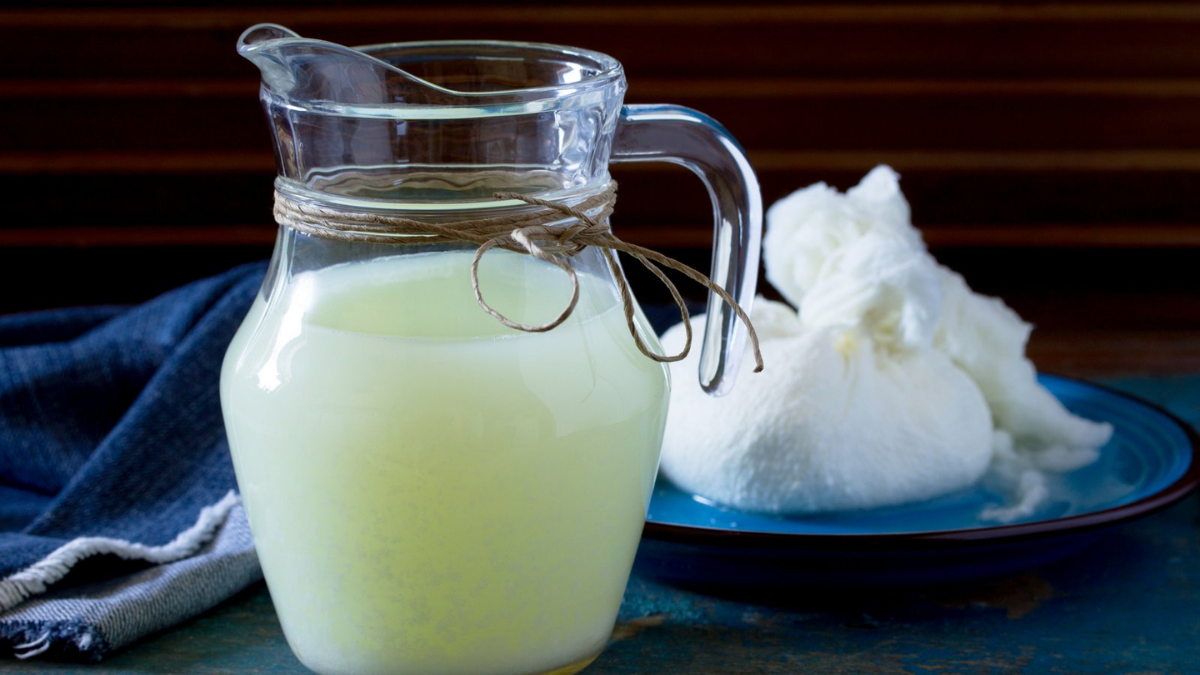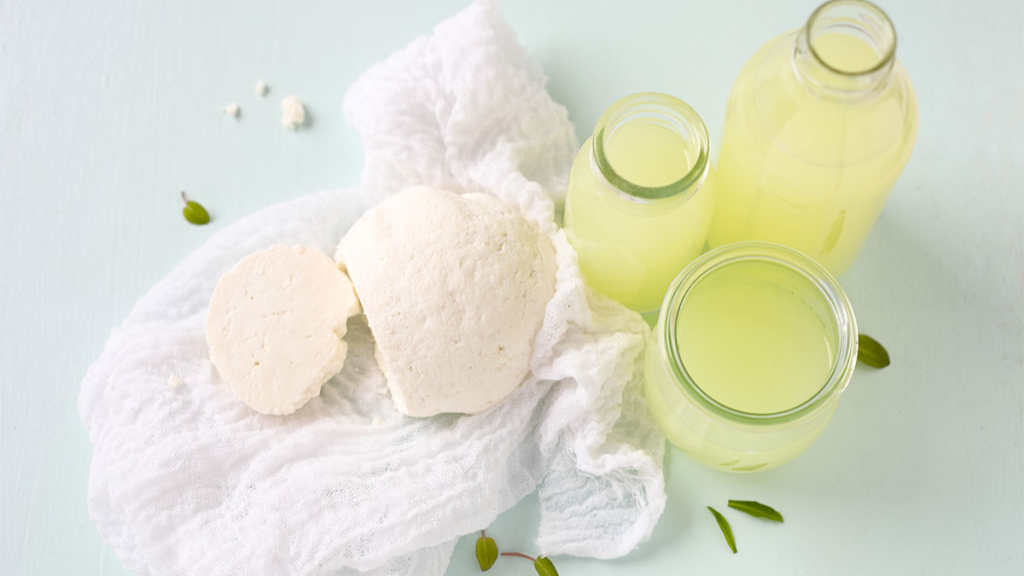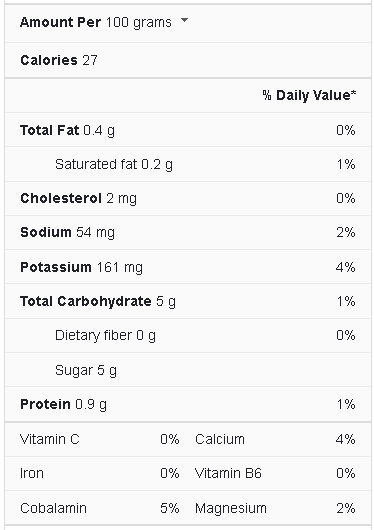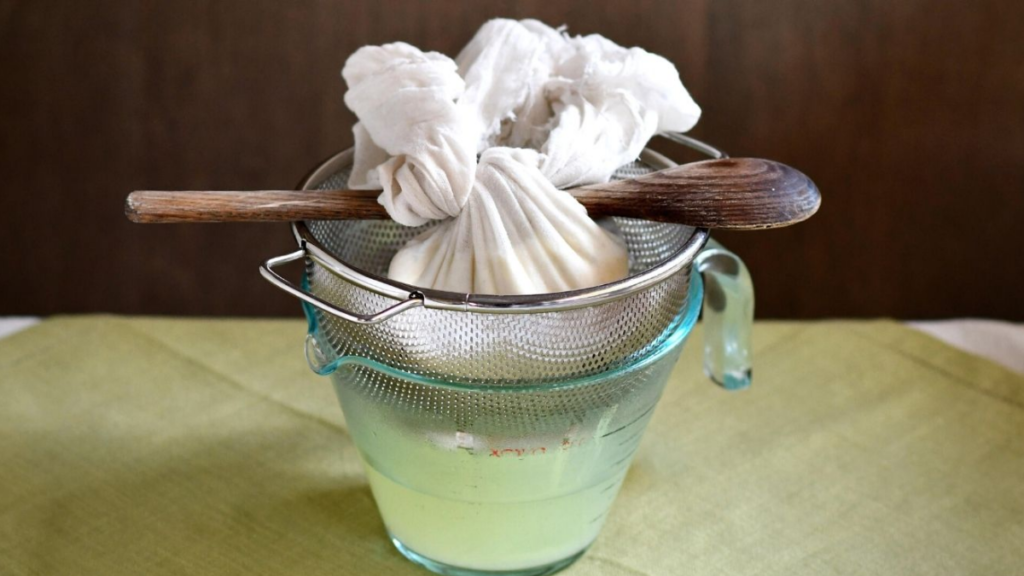You have various animal and plant-based options when boosting your protein intake with a protein powder. Whey protein powder is one of the most popular animal-based products, and this particular powder has some distinct health benefits. Whey is a high-quality protein derived from the liquid by-product of strained milk and contains all nine essential amino acids. It contains a small quantity of calcium, which is unsurprising given that it is a dairy product. Whey is also naturally low in lactose, which is good news for lactose-intolerant people. To know more about whey nutrition facts, read further.
It’s a high-quality protein that’s complete and contains all of the essential amino acids. In addition, compared to other forms of protein, it is highly digested and swiftly absorbed from the intestine. Whey protein is a popular nutritional supplement among bodybuilders, athletes, and others who need more protein in their diet.
Whey Nutrition Facts
What is Exactly Whey?
One of the two proteins contained in cow’s milk is whey protein. The curding process separates the curds from the liquid, commonly known as whey when milk is used to make cheese. Whey is a nutrient-dense, almost translucent liquid that contains all nine essential amino acids (protein’s building blocks) and vitamins and minerals. Whey can be acidic, like that found in yogurt and soft cheeses like cottage or mozzarella, or sweet, like that found in rennet-based cheeses like cheddar and Swiss.
Ricotta means “recooked” in Italian, a fitting name for a cheese created traditionally from the whey leftover after another cheese has been made. Ricotta cheese made in Italy is made with whey from sheep’s milk, but ricotta cheese made in the United States is made with whey from cow’s milk.
There are Two Types of Whey:
- Sweet Whey. Sweet whey is the whey formed when cheese is coagulated with rennet. Hard cheeses, such as cheddar or Swiss, are frequently rennet-coagulated.
- Acid Whey (or Sour Whey). Acid whey is generated when cheese is curdled with an acid (such as lactic acid bacteria). Soft cheeses such as mozzarella and cottage cheese are made using this approach.
What are the Health Benefits of Whey Protein?
Liquid whey has a variety of health benefits. According to a report published in Appetite in September 2015, it can result in a 50% reduction in hunger ratings. When the powder is dry, it has a powerful muscle-building impact, and it also aids recovery after strenuous activity.
Whey is an excellent supplement for athletes because of these characteristics. Whey was the most commonly taken supplement in a sample of 48 bodybuilders, according to a paper published in Biomolecules in April 2019. Ninety-six percent of the athletes polled admitted to consuming whey.
By estimating the daily dose you require, you may take advantage of whey’s potent effects. Many variables, including your current exercise level and nutrient intake, will be required to complete this computation. Before taking whey, please consult with a healthcare professional to ensure that it will be helpful and safe for you.
How to Use Whey?
Whey, both sweet and acid, can be used for various purposes. When cooking with them, bear in mind the flavors you’re dealing with—sweet whey will work best if you’re making anything sweet, and acid whey will work well if you’re making something savory. Whey can be used in the kitchen for a variety of things, including:
- Ricotta Cheese- Ricotta (an Italian word that means “recooked”) is a cheese made from the whey leftover from making a different cheese. Ricotta is easy to make at home and is a staple in many Italian pasta dishes, including lasagna.
- Baked Goods- Liquid whey can be used anywhere a baking recipe calls for skim milk or water. Try it in bread loaves, homemade crackers, waffles, pizza dough, rolls, etc.
- Soup Stock- Whey has a deep, slightly sour taste that will add a unique flavor to the soup, similar to how a soup stock will.
- Dressings and Marinades- Whey’s unique flavor will add some interest to any dressings or marinades for meat or vegetables.
- Cocktails and Smoothies- Whey is a popular ingredient in most dairy-based cocktails, and it’s also a great addition as the liquid ingredient in shakes and smoothies.
- Whey Butter- While most of the cream is strained out of whey during cheesemaking, there is still enough cream to make a particular type of butter called whey butter. Let it sit until the cream rises to the top, then skim it off to churn.
- Pasta or Rice- If your kitchen is still full of whey from tons of cheesemaking, use whey in place of water when boiling pasta or rice—it will give it some extra flavor and use up your excess whey!
Where to Buy Whey?
Both powdered and liquid whey is available at most health food and grocery stores as a protein supplement. It’s also accessible online, in many drugstores’ supplement sections, and at gyms around the country.
Most of the sweet whey produced by rennet-based cheese is used to make protein powder.
Fresh acidic whey is significantly more difficult to find unless you make your cheese or yogurt at home. You may approach a small-scale local producer and offer to take it off their hands; acidic whey can disturb aquatic environments, so it is subject to tight disposal regulations.
What are the Side Effects of Whey?
Whey, fortunately, has minimal side effects. The safety of dried whey was investigated in-depth in a July 2018 research published in the EFSA Journal. These researchers discovered no evidence of whey-induced toxicity and concluded that whey is safe to eat.
The results of studies looking at the effects of whey on the human body support whey’s safety. In a September 2018 study published in the International Journal of Sports Nutrition and Exercise Metabolism, 31 older women were evaluated, and it found that consuming whey boosted their muscle strength and mass without generating any adverse side effects.
However, because whey is derived from milk, it should be avoided by persons who have a cow’s milk protein intolerance or lactose intolerance. Even though the number of people affected is minimal, the repercussions for those affected are significant. For example, intolerance to cow’s milk protein can cause significant gastrointestinal distress in youngsters.
Contaminants in Whey
Contaminants in whey are another source of worry. Whey samples frequently exhibit bacterial contamination from Gammaproteobacteria and Firmicutes, according to a report published in Frontiers in Microbiology in August 2018. According to the authors, many germs are resistant to heat treatment, and this failure could result in premature whey product deterioration and shorter shelf life.
Goat milk provides some of the whey. Concerns regarding the product’s safety were highlighted in a June 2017 article in the International Dairy Journal. These writers claimed that current farming’s extensive use of antibiotics taints whey. They demonstrated that beta-lactam antibiotics could easily cross the milk-whey barrier during processing.
Conclusion
Whey is a natural component of the cheesemaking process that has been generated for over 4,000 years. Whey-based chemicals are primarily found in milk. Whey is high in critical amino acids and other elements beneficial to your health. It also contains a lot of cysteine, an amino acid that helps improve antioxidant glutathione levels and has other health benefits.
Warming milk (cow’s milk, goat’s milk, or sheep’s milk) on the stovetop is the first step in making whey. Unpasteurized milk works best since it contains the bacteria needed to begin culturing. However, milk must be pasteurized in the United States, so bacteria culture must be added at this stage. The cheesemaker scoops off the curds and filters the remaining whey through a cheesecloth to remove the remaining whey. The curds can subsequently be processed into cheese, while the whey can be used in various ways.



